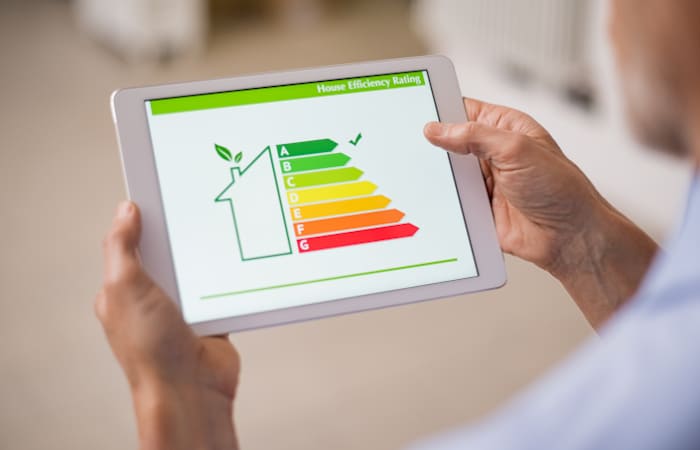PRESIDENT
Prof. MAURIZIO DELFANTI
VICE PRESIDENT
Prof. LUIGI MARTIRANO
SECRETARY
Ing. NICOLA BADAN
TECHNICAL OFFICER
Ing. GIUSEPPINA POLINO
Scope of application
Il CT 315 CEI si prefigge di predisporre Norme o Guide tecniche di supporto alla promozione dell'efficienza energetica nel settore elettrico. Il Comitato affronta il tema dell'efficienza energetica con una prospettiva di sistema e pertanto non svolge attività normativa sui singoli componenti (prodotti).
Structure
Il CT 315 collabora con altri Comitati Tecnici CEI per l’allineamento delle disposizioni e l'integrazione normativa nel campo Smart Building e ha rappresentanti all’interno del Gruppo misto UNI/CTI-CEI CT 212 “Uso razionale e gestione dell’energia” mirror del CEN/CLC JTC 14 “Energy management, energy audits, energy savings”, a guida italiana.
Il CT 315 è articolato nei seguenti Gruppi di Lavoro:
- GdL 1 - Strumenti di valutazione dell'efficientamento energetico
- GdL 2 - Smart Readiness Indicator
- GdL 3 - Revisione Guide e Norme
- GdL 4 - Misura distribuita.
Work Program
Il programma di lavoro a livello nazionale CEI, suddiviso per settori, è disponibile al link: Programma di normazione nazionale
Il programma di lavoro a livello europeo CENELEC è disponibile al link: CEN/CLC/JTC 14
Latest Publications




CEI UNI EN ISO 50001
CEI Classification: 315-3


CEI UNI EN ISO 50001/A1
CEI Classification: 315-3;V1


CEI UNI 11339
CEI Classification: 315-20


This Committee contributes, with the creation of standards, to the following themes
ICS
International Classification for Standards (ICS) is an international classification system for technical standards.
The ICS is a hierarchical classification organized on three levels.
Level 1 covers the main fields of activity in standardization, e.g. road vehicle engineering, agriculture, metallurgy.
Each field has a two-digit notation, e.g.
43 Road Vehicle Engineering
The main fields are subdivided into groups (level 2). The notation of a group consists of the field notation and a three-digit group number, separated by a point, e.g.
43.040 Road vehicle systems
Some groups are further divided into sub-groups (level 3). The notation of a sub-group consists of the group notation and a two-digit number, separated by a point, e.g.
43.040.20 Lighting, signaling and warning devices
You can identify the ICS code of your interest by typing the code or a keywordword in the dropdown ICS field, and by selecting one of the filtered results.
Search also in the summary/description of the standard
By flagging this control, the search for keywords will not be limited to the Standard Number and Title fields, but will also be performed in the Abstract of the standard.
This way, you will get more results.
You should use this option when you can not find the desired result with the standard approach and it is necessary to extend the scope of the search: by increasing the number of results, you will increase the number of non-relevant elements, as well.


